Beware of Webbing Damage for Your Work Safety
Webbing or safety belts are crucial tools for field workers. As devices used for lifting and holding loads, webbing must always be in excellent condition to ensure work safety. Understanding whether webbing is safe or unsafe to use is fundamental knowledge that every worker in this field must have. Visual inspection before use is a vital step that must not be overlooked.
There are certain conditions of webbing damage that cannot be tolerated or repaired. If your webbing experiences any of the following conditions, it must be immediately removed from service and replaced. Here are some damage conditions you need to watch out for:
1. Missing or Unreadable Identification Label
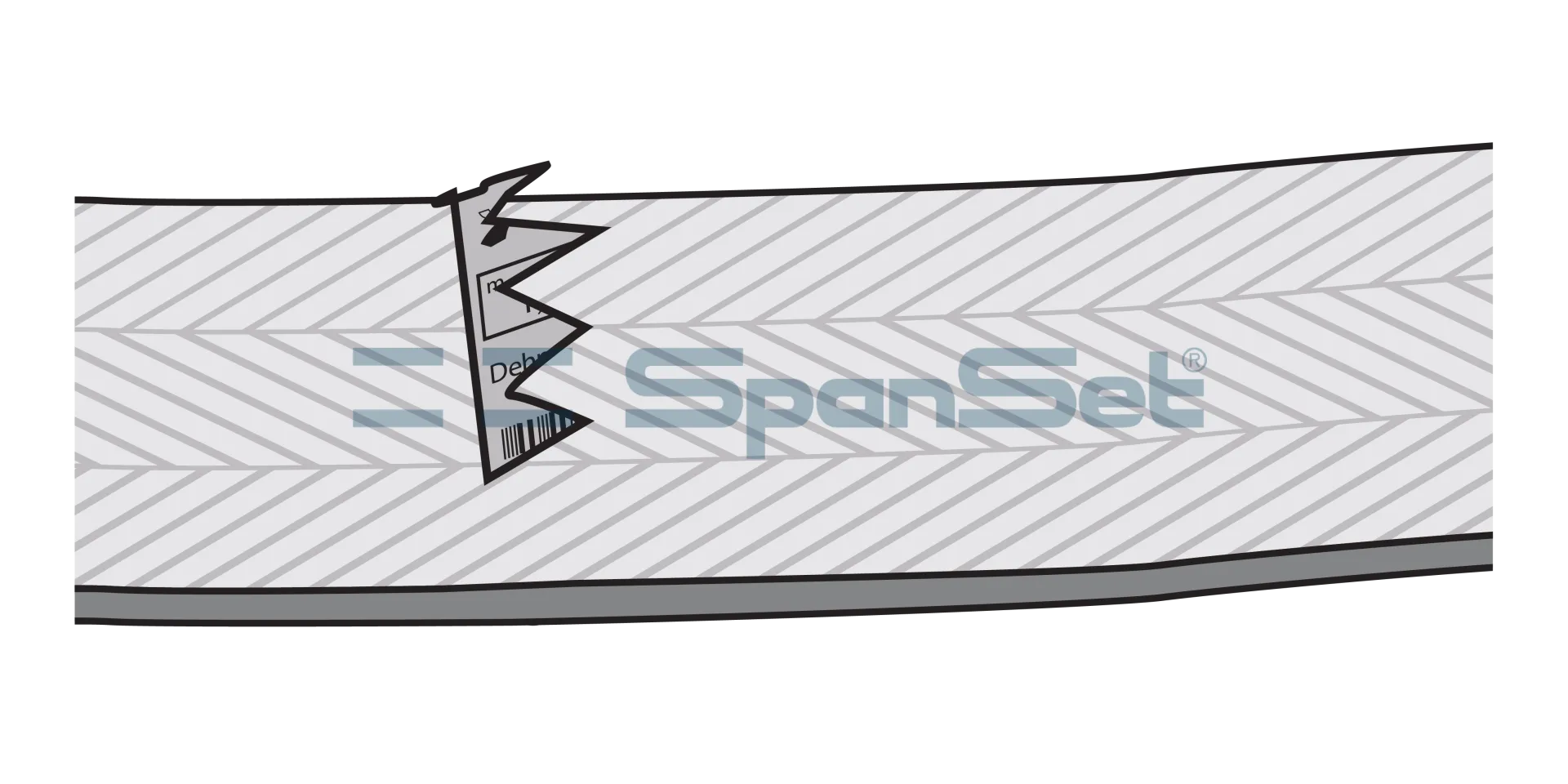
Each webbing is equipped with an identification label showing important information such as load capacity, manufacturer, and date of manufacture. If this label is missing or unreadable, the webbing should no longer be used. Without the identification label, there is no guarantee that the webbing still meets safety standards.
2. Damage Amounting to 10% of the Webbing Width
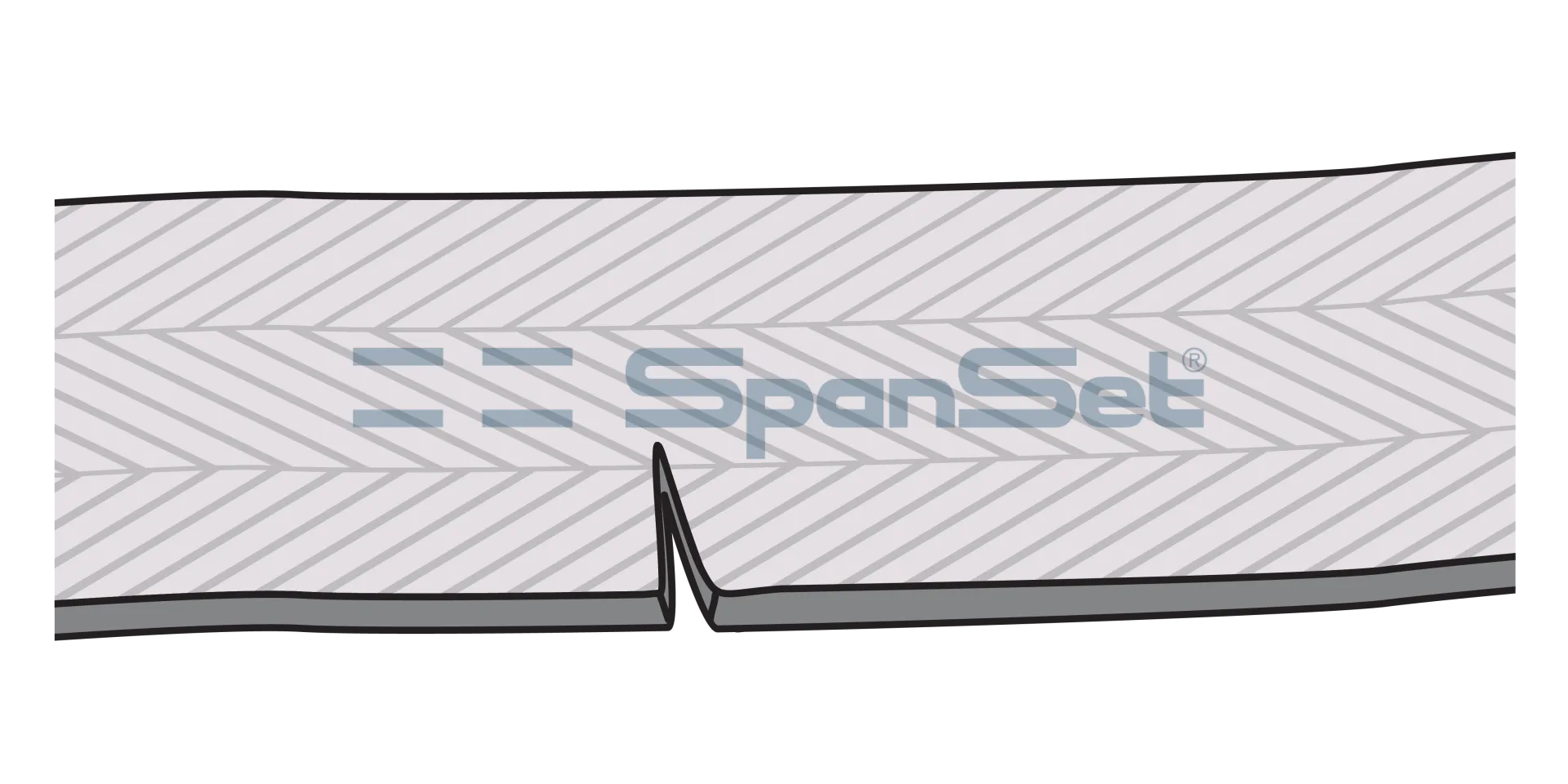
Webbing that has damage amounting to 10% or more of its width must be immediately replaced. This damage can include tears, abrasions, or cuts that significantly reduce the belt's strength. Using webbing in such a condition is very dangerous and can lead to failure when holding a load.
3. Damaged Webbing Loops or Eyes
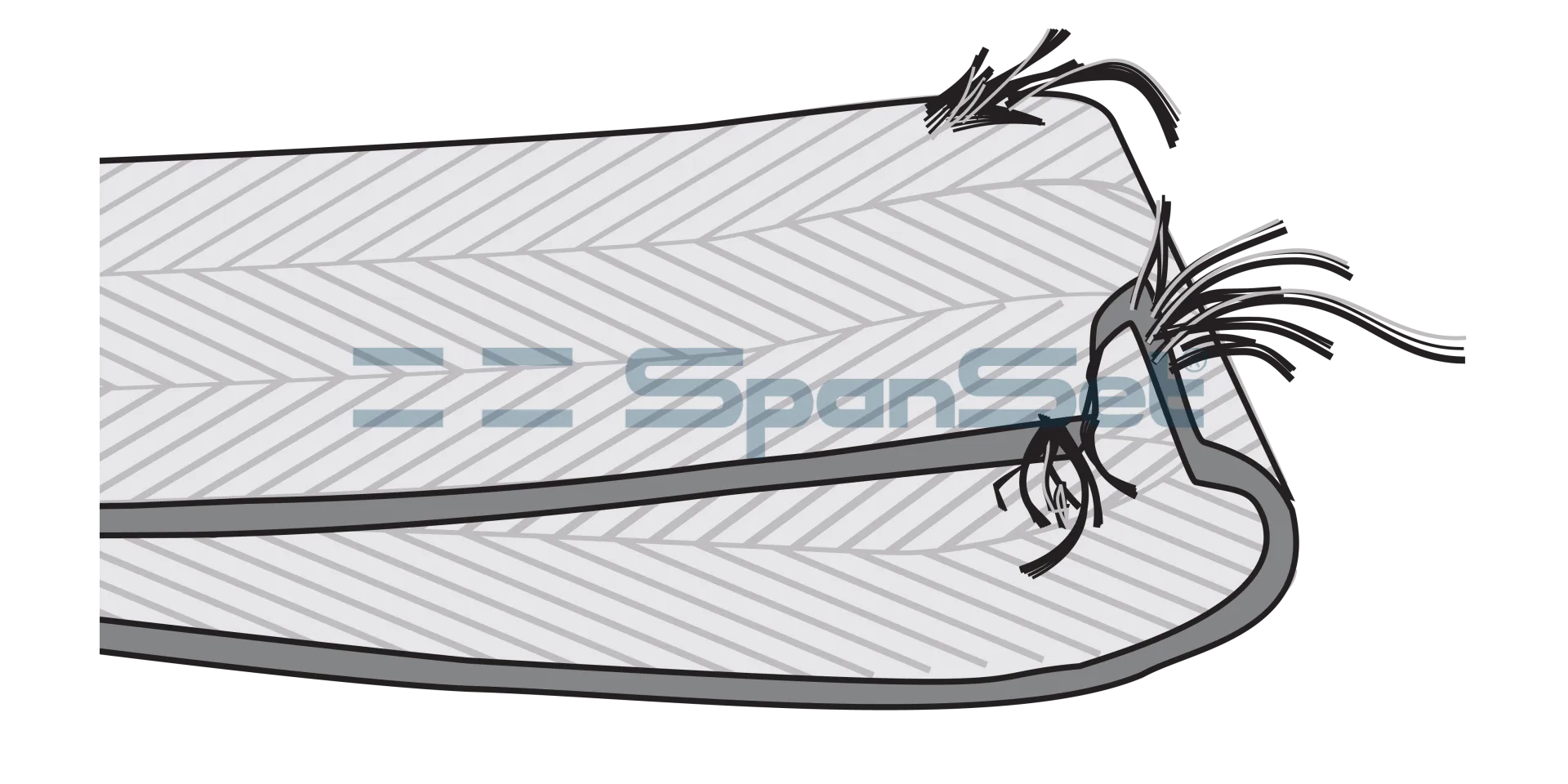
The loops or eyes of the webbing are parts commonly used to attach the webbing to other equipment. If these loops are damaged, the webbing should not be used. Damage to the loops can cause failure at the connection point and endanger work safety.
4. Damage Caused by Acid or Alkali Substances
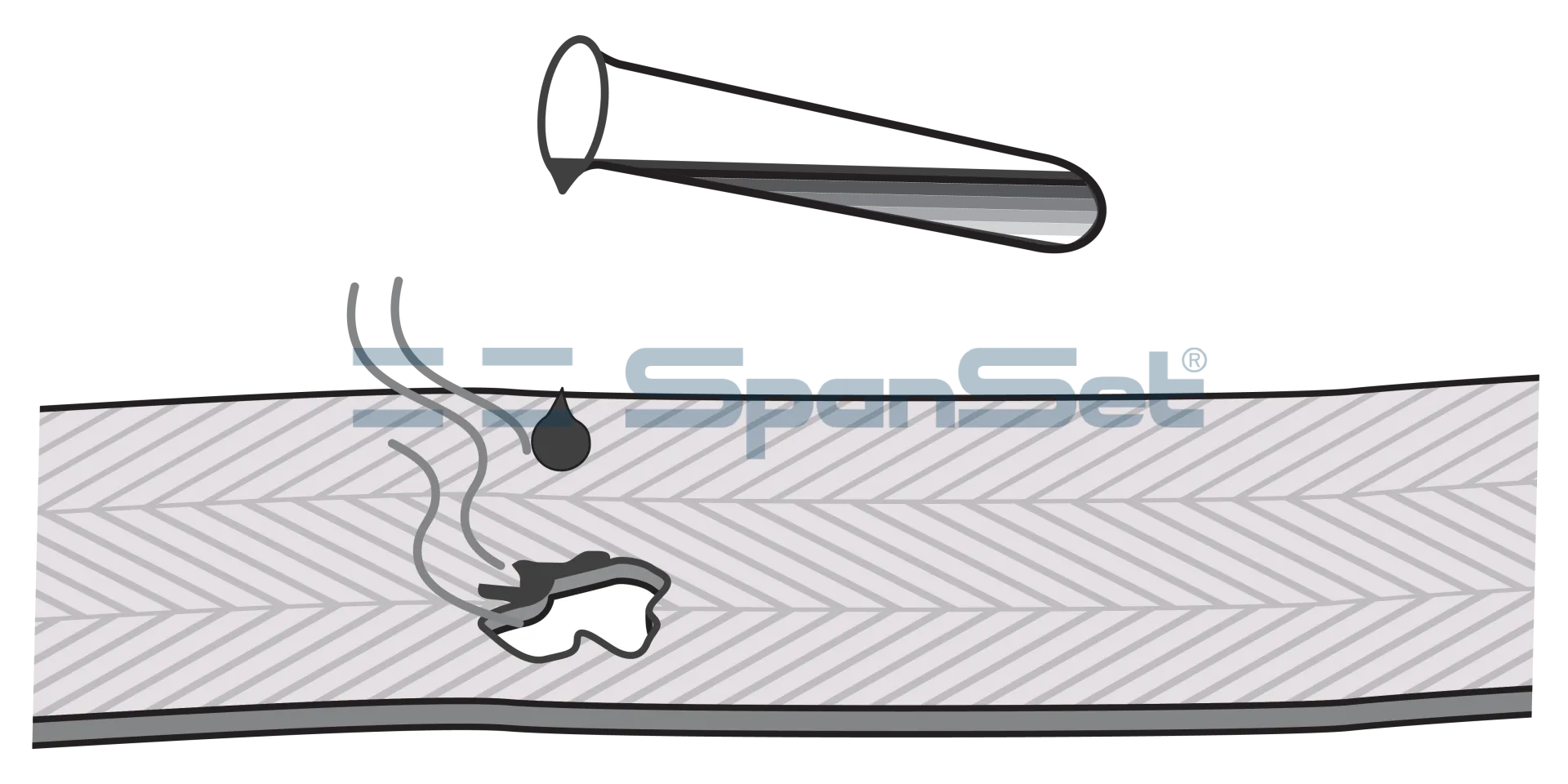
Webbing exposed to acid or alkali substances can experience chemical damage. These substances can weaken the fibers of the webbing, making it brittle and unable to hold loads properly. If the webbing shows signs of damage due to chemicals, it should be removed immediately.
5. Damage to the Sleeve or Cover of Round Sling
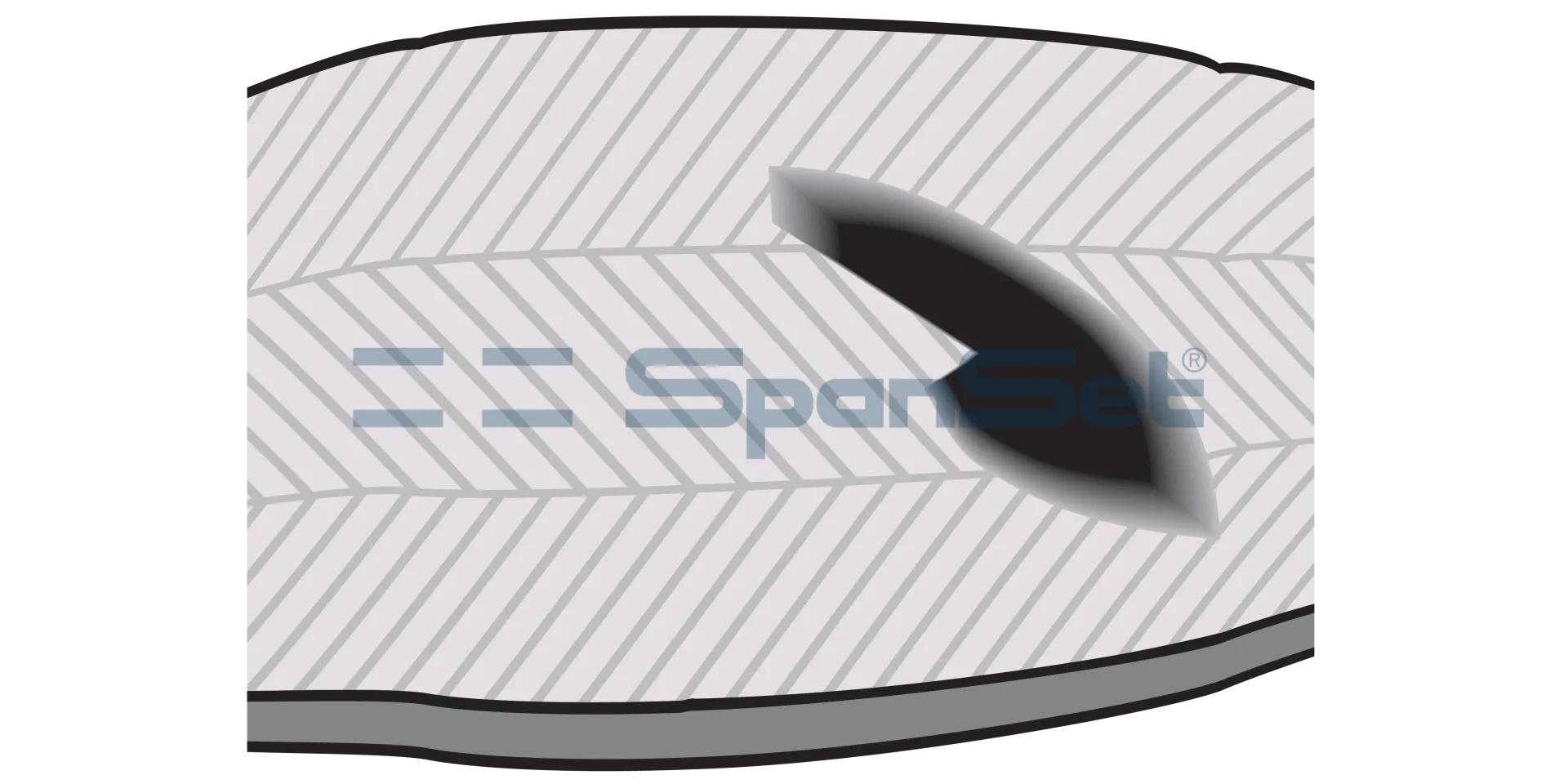
Round slings usually come with sleeves or covers that protect the inner fibers. If this cover is damaged, the round sling should not be used. A damaged cover can expose the inner fibers to external elements that can damage them.
6. Heat Damage
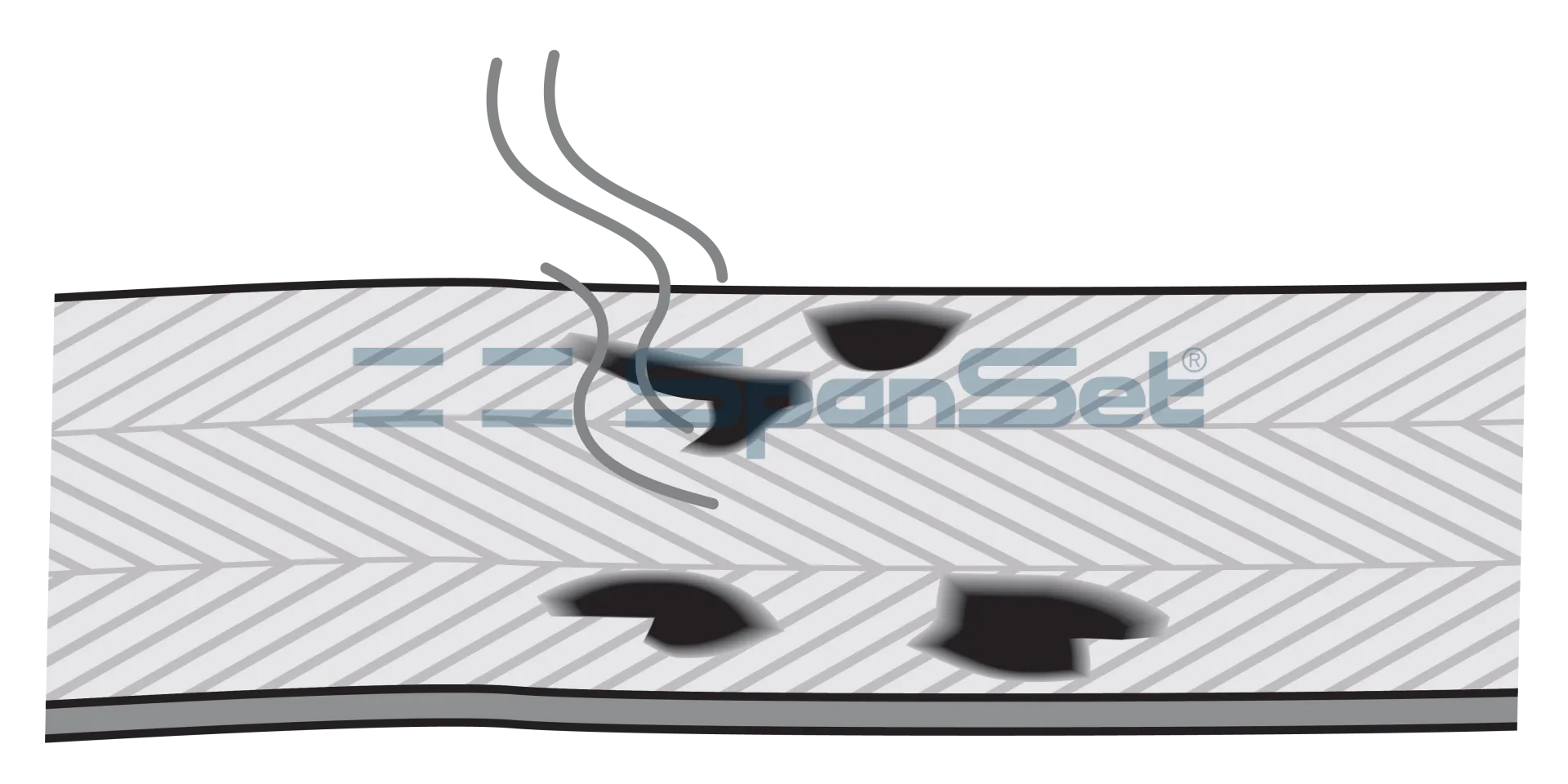
Webbing exposed to excessive heat can deform or melt. High heat can damage the structure of the webbing fibers, causing it to lose strength and elasticity. If there are signs of heat damage, the webbing should be replaced immediately.
To ensure work safety, regular and pre-use inspection of webbing is crucial. Never neglect this step. Make sure you know the correct way to use and maintain webbing or round slings.
If you want to learn more about safe lifting procedures, attending lifting training from SpanSet Indonesia is the right choice. This training will provide in-depth understanding of proper lifting techniques, selecting the right equipment, and how to conduct effective inspections.
For further consultation about SpanSet Indonesia products and services, please contact us via email at sales@spanset.co.id or WhatsApp
To find specification detail and prices of SpanSet Indonesia Products, please visit SpanSet Indonesia Marketplace on Tokopedia and Shopee.